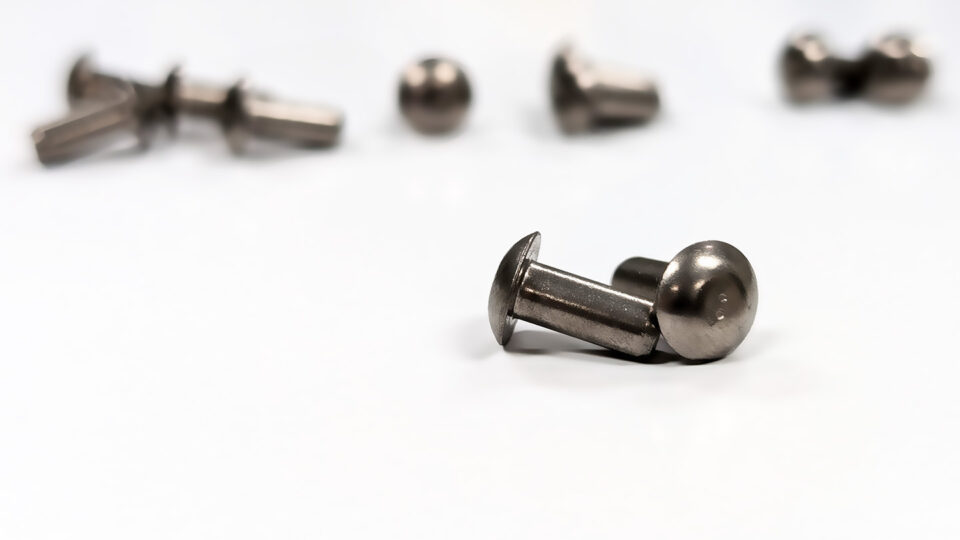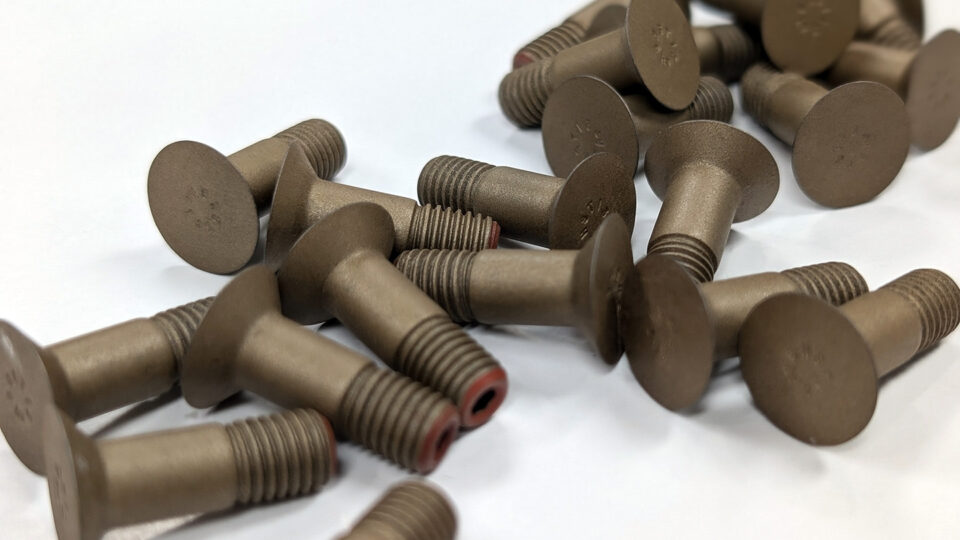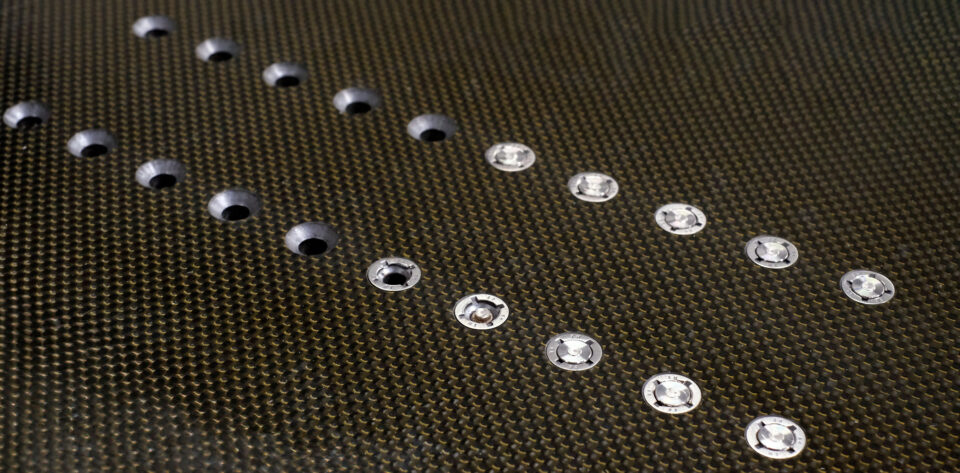In the hot parts of airplane engines, such as around engine casings/ combustor casings, various types of high-temperature-resistant fasteners are used to withstand the extreme conditions. Some common types of fasteners found in these areas include:
- Inconel Bolts: Inconel is a nickel-based superalloy known for its exceptional strength and resistance to high temperatures and corrosion. Inconel bolts are often used in hot sections of airplane engines due to their ability to maintain structural integrity in extreme heat.
- Titanium Fasteners: Titanium is lightweight and has excellent heat resistance properties, making it suitable for use in high-temperature environments. Titanium fasteners, such as bolts and screws, are commonly used in engine components subjected to elevated temperatures.
- A286 Fasteners: A286 is a precipitation-hardening stainless steel alloy with high strength and excellent oxidation resistance at high temperatures. A286 fasteners are commonly used in aerospace applications, including hot sections of airplane engines.
- Nimonic Fasteners: Nimonic alloys are nickel-based superalloys known for their high-temperature strength and corrosion resistance. Nimonic fasteners are often used in aircraft engines for components exposed to high temperatures and stress, such as turbine blades and casings.
These fasteners are specifically designed to withstand the extreme heat and stress encountered in the hot sections of airplane engines, ensuring the reliability and safety of aircraft operations.
Difficult Removal
Fasteners used in hot parts of airplane engines, such as Inconel bolts, titanium fasteners, A286 fasteners, Nimonic fasteners, and ceramic-coated fasteners, can be difficult to remove due to several factors:
- High Temperatures: These fasteners are subjected to extreme temperatures during engine operation, causing them to expand and become tightly embedded in the surrounding materials. The expansion and contraction cycles can lead to increased friction between the fastener and the components, making removal challenging.
- Corrosion: The high-temperature environments in engine compartments can promote oxidation and corrosion of fasteners over time. Corrosion can cause fasteners to seize or bond with the surrounding materials, making them difficult to loosen or remove.
- Tight Tolerances: Fasteners used in critical engine components are often installed with precise torque specifications and tight tolerances to ensure proper sealing and structural integrity. As a result, removing these fasteners without damaging the surrounding components can be challenging.
Overall, the combination of high temperatures, corrosion, and tight tolerances can make fasteners used in hot portions of airplane engines difficult to remove when maintenance or repairs are required. Luckily, we at Perfect Point have developed a better way to remove these difficult fasteners.
E-Drill offers a versatile solution for removing difficult fasteners commonly found in hot parts of airplane engines, providing precise control, adaptability to various materials, efficiency, and safety. With specialized attachments and accessories, E-Drill can efficiently handle stubborn fasteners without damaging surrounding components. For inquiries about how E-Drill can assist with specific fastener specifications, please contact us to discuss your needs further.



